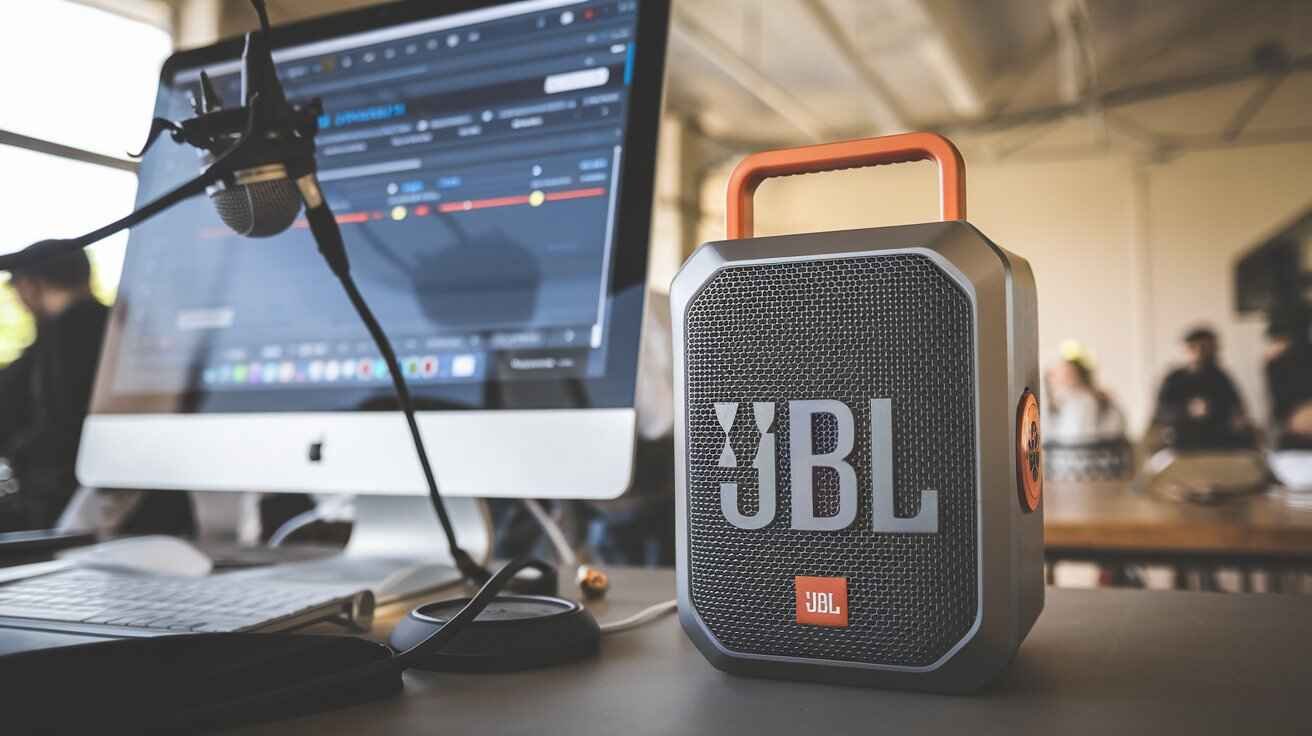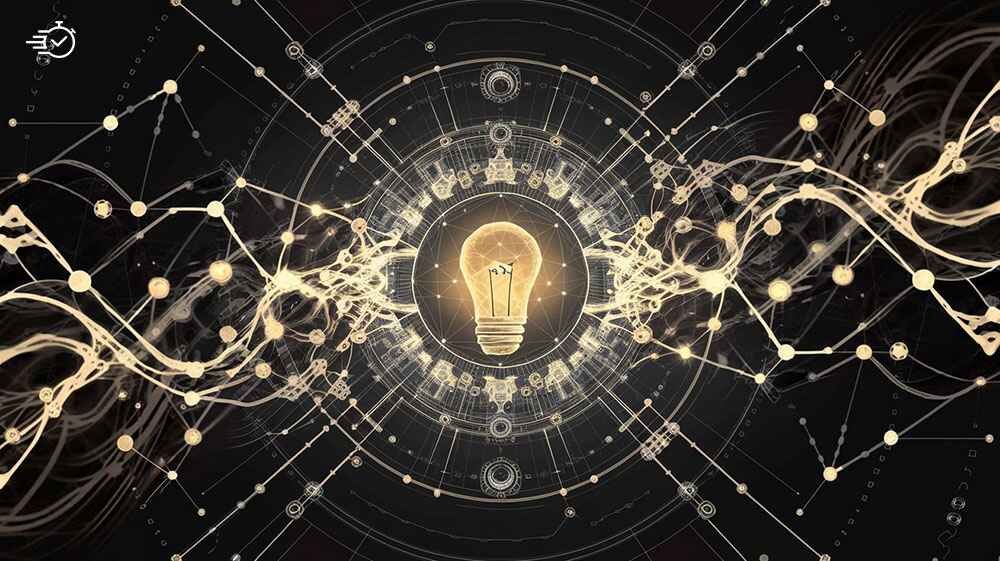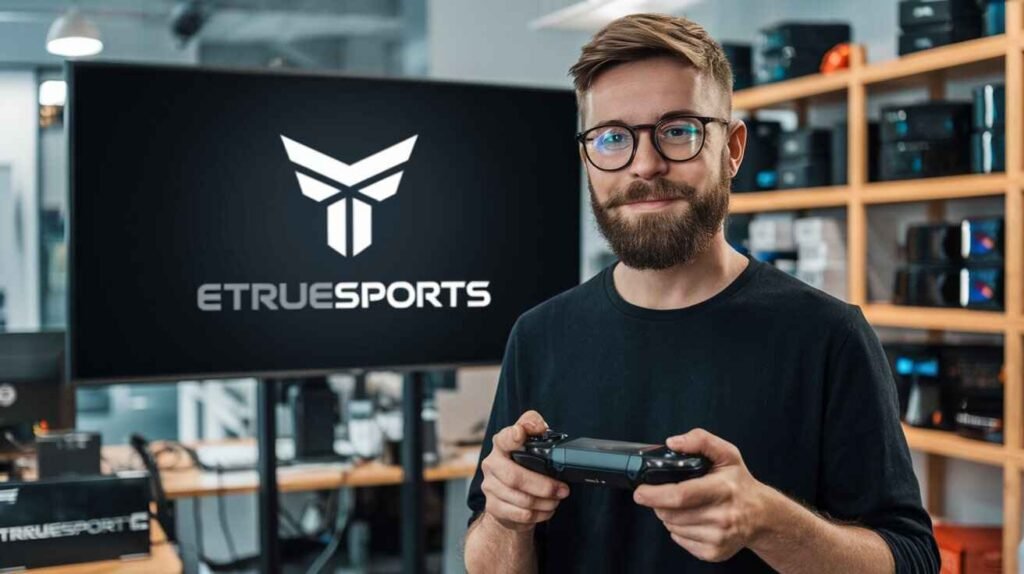The JBL PartyBox collection is famous for its effective sound, making it an excellent accomplice for song fanatics, film fans, and gamers who need to reinforce their pics’ audio enjoyment. Connecting a JBL PartyBox to a laptop may be done through several approaches, including Bluetooth, auxiliary cable, and USB. This guide covers each approach step-by-step and addresses common questions to ensure a seamless connection with the most effective overall performance.
Method 1: Connecting JBL PartyBox to a Computer through Bluetooth
Bluetooth connectivity is one of the most popular methods for linking devices wirelessly. This method allows you to revel in amazing sound without the problem of cables, creating a clutter-loose setup.
Detailed Steps for Bluetooth Connection
- Power On Your JBL PartyBox: First, ensure your JBL PartyBox is fully charged or plugged right into an energy supply. Press the energy button until the indicator mildly illuminates.
- Activate Pairing Mode: Press and preserve the Bluetooth button for your JBL PartyBox till the light starts flashing, signaling that it’s miles in pairing mode and ready to connect.
- Enable Bluetooth on Your Computer:
- Go for your laptop’s Settings and pick Devices, Bluetooth & different gadgets.
- Ensure Bluetooth is toggled on, and click on Add Bluetooth or a different device.
- Pair the JBL PartyBox: Your pc will search for close Bluetooth gadgets. Select JBL PartyBox from the list of available options. Once paired, the mild flashing on the speaker will turn solid, indicating a hit connection.
- Set as Default Audio Device:
- Navigate to Sound Settings or right-click the speaker icon for your taskbar.
- Select the JBL PartyBox because the default audio output is to ensure all sound is directed to the speaker.
Benefits of Using Bluetooth: Bluetooth is ideal for those searching for flexibility. The wi-fi nature of this approach method is that you could pass your laptop and the speaker around without any regulations from cables. This is especially useful for notebooks or situations where portability is prime.
Can you use JBL as a PC speaker?
Absolutely. Once related through Bluetooth, your JBL PartyBox acts as an outside speaker on your PC. It can deliver loud, clean sound for songs, films, games, and more, improving your universal audio experience.
Troubleshooting Bluetooth Issues
- If your computer fails to come across the JBL PartyBox, ensure the speaker is near the PC and free from obstructions.
- Restart your laptop’s Bluetooth provider if pairing troubles persist.
- Update your PC’s Bluetooth drivers to keep it away from compatibility troubles.
Also Checkout: 10 Best Laptops for College Students: Power Up Your Academic Journey!
Method 2: Connecting with an Auxiliary (AUX) Cable
Using an auxiliary cable is an especially powerful option for a strong and easy connection. It ensures minimal latency and clear audio transmission, making it ideal for gaming, movies, and real-time audio activities.
Step-with the aid of-Step Guide for AUX Connection
- Obtain a 3.5 mm Auxiliary Cable: Use a splendid three.5mm audio cable to attach to your devices for better sound.
- Connect the Cable:
- Plug one give-up of the cable into your PC’s headphone jack or audio-out port.
- Connect the alternative end to the AUX enter on the JBL PartyBox.
- Set the Speaker to AUX Mode: Press the input supply button for your JBL PartyBox until it is set to AUX. This guarantees the speaker recognizes the wired input.
- Adjust Sound Settings on Your Computer:
- Right-click on the speaker icon for your device tray and pick out Open Sound Settings.
- Ensure the audio output is set to the appropriate port linked to the aux cable.
Why Choose an AUX Cable?
An auxiliary cable affords a strong connection without the potential interruptions related to the wi-fi era. This technique reduces latency, ensuring the audio output suits real-time activities, which is essential for gaming or watching motion pictures.
Can you connect a JBL speaker to a PC with a cable?
Yes, connecting a JBL PartyBox to a PC using an auxiliary cable is only sometimes the most effective and viable; however, it is fairly endorsed for stable, lag-unfastened sound. The setup is simple and calls for minimal configuration.
Troubleshooting AUX Connection Issues
- Double-test that the cable is completely inserted at each end.
- Ensure that the AUX input is chosen at the JBL PartyBox.
- Test the cable with another tool to rule out damage or defects.

Method 3: Connecting through a USB Cable
For computer systems that support audio over USB, connecting your JBL PartyBox via a USB cable can deliver top-notch, stable sound. While this technique is much less common than Bluetooth or AUX, it’s a remarkable option for people who want to make certain of a constant connection.
Detailed Steps for USB Connection
- Choose the Right USB Cable: Ensure you have a well-matched USB cable supporting information and an audio switch.
- Connect the Devices:
- Plug one end of the USB cable into your computer’s USB port.
- Insert the alternative quit into the USB and enter your JBL PartyBox.
- Configure Your Audio Settings:
- Go to Sound Settings and ensure the JBL PartyBox is chosen because of the audio output tool.
- If wanted, deploy any drivers that your laptop activates for higher compatibility.
- Test the Connection: Play an audio report or video to confirm that the sound comes from the JBL PartyBox.
How to connect JBL through USB?
Connecting a JBL PartyBox via USB includes plugging the cable into both devices and selecting the speaker as the primary audio output in your PC’s settings. This technique can offer better sound fidelity and stable performance.
Can you play USB documents on JBL PartyBox?
You may simultaneously play audio from a USB pressure by inserting the force into the JBL PartyBox’s USB port. The speaker will mechanically detect and play supported audio codecs like MP3 or WAV.
Troubleshooting USB Connection
- Ensure the USB cable is hooked up well and helps statistics transfer.
- Verify that the USB entry is chosen at the JBL PartyBox.
- Restart your PC if the tool does not recognize the speaker immediately.
General Troubleshooting and Tips
If you experience problems connecting your JBL PartyBox to your laptop, right here are a few extra tips:
- Keep Your Devices Updated: Make sure your JBL PartyBox firmware and PC’s drivers are up to date for the most effective compatibility.
- Restart Devices: Restart the JBL PartyBox and your computer to reset connections and solve minor troubles.
- Check Sound Settings: Ensure that the selected audio output fits the connection technique used (Bluetooth, AUX, or USB).
Conclusion
Connecting your JBL PartyBox to your laptop, whether or not via Bluetooth, AUX, or USB, allows you to utilize its effective sound abilities for numerous functions completely. Each technique has its benefits, including the wi-fi convenience of Bluetooth, the reliability of an auxiliary cable, and the excellent sound of a USB connection. Following those steps, you could set up your JBL PartyBox for more desirable audio performance and enjoy immersive sound on your laptop sports.
FAQs
- Can I join my JBL PartyBox on any pc? Yes, you may connect a JBL PartyBox to most computers so long as they support Bluetooth, have a headphone jack for an AUX connection, or a USB port for USB audio.
- Which connection approach offers a nice first-rate sound? A USB connection typically gives a great sound because of direct digital audio transfer. AUX is also dependable; although Bluetooth provides comfort, it can have slight audio compression.
- Why is my JBL PartyBox not performing on my PC’s Bluetooth seek? Ensure the JBL PartyBox is in pairing mode, as a mild flashing indicates. If it doesn’t appear, restart each pc and speaker, and check that Bluetooth has grown to come on.
- Can I price my JBL PartyBox even though it relates to my PC? Yes, you can price the JBL PartyBox while it’s related. Simply plug it right into an electricity supply, even if gambling audio out of your pc thru any connection method.
- Does connecting through AUX cable impact latency for gaming or films? No, using an AUX cable provides minimal latency, making it a wonderful choice for gaming and real-time audio, ensuring audio synchronization with on-display screen moves.
Also Read: How Do Motherboards Work Tech Quickie? The Essential Guide for 2024





